Imagine stumbling upon a perfectly preserved worker ant trapped in amber, its tiny legs frozen mid-stride for 100 million years. Now picture trying to find its queen – the massive, egg-laying monarch who ruled over thousands of workers. You’d search museum collections worldwide and come up empty-handed. This isn’t a fluke or bad luck; it’s one of paleontology’s most puzzling mysteries that has left scientists scratching their heads for decades.
The Great Fossil Disparity

The fossil record tells a lopsided story when it comes to ant societies. Worker ants appear in abundance throughout geological time, their small bodies perfectly preserved in amber deposits from Myanmar to the Dominican Republic. Yet their queens – the very foundation of every colony – remain conspicuously absent from the fossil record.
This disparity becomes even more striking when you consider that queen ants are typically much larger than their workers. In some species, queens can be ten times the size of a worker, making them theoretically easier to spot and preserve. Scientists have catalogued thousands of fossilized worker ants, but finding a fossilized queen remains as rare as discovering a diamond in your backyard.
Understanding Ant Colony Structure
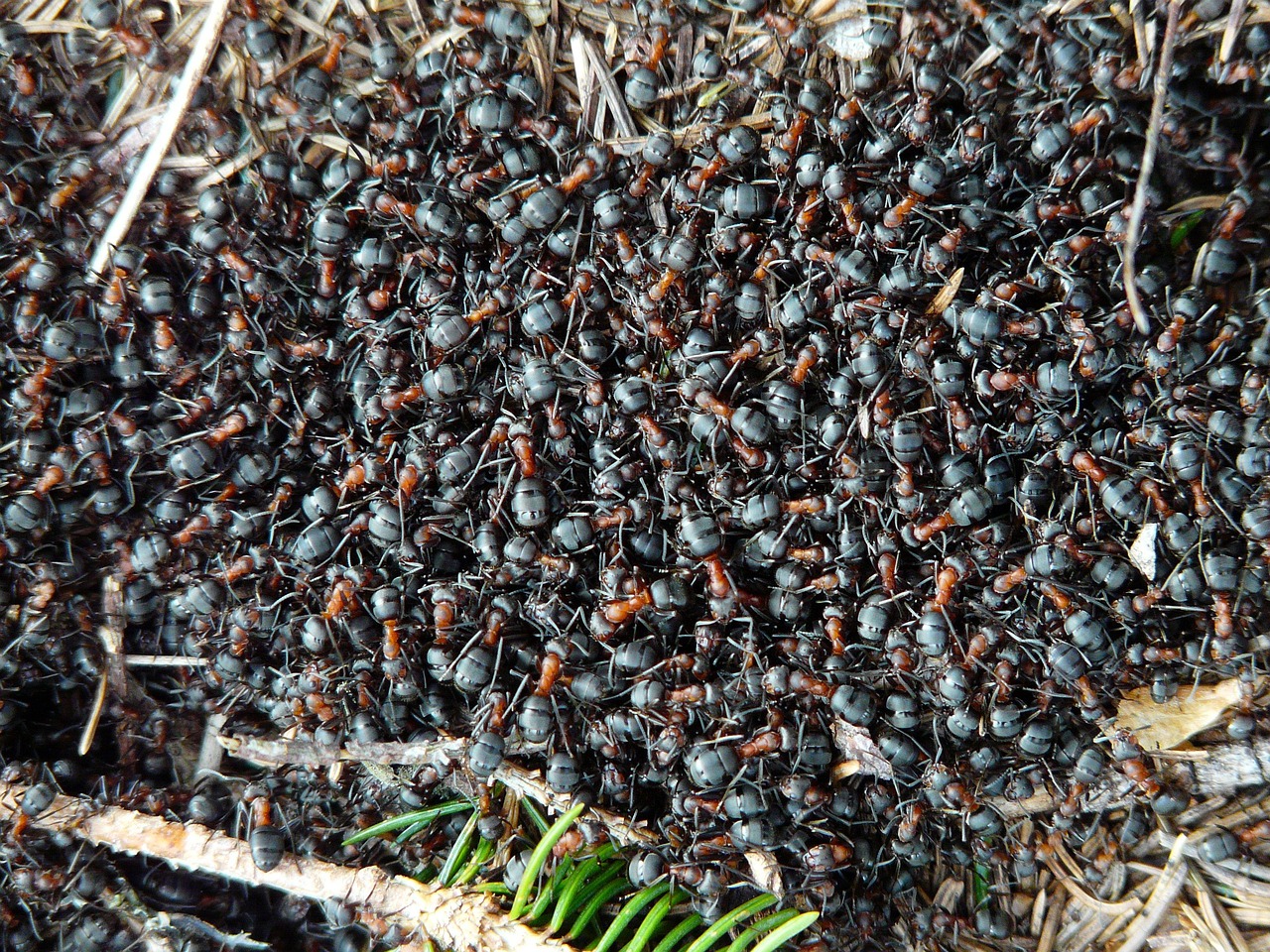
To grasp why this fossil gap matters, we need to understand how ant colonies actually work. Every ant society revolves around a single queen (or sometimes multiple queens) who serves as the reproductive powerhouse. She’s literally the mother of the entire colony, laying thousands of eggs throughout her lifetime while her daughters – the workers – handle everything else.
Think of an ant colony like a massive corporation where the queen is the CEO, but instead of making business decisions, she focuses solely on reproduction. The workers are her employees, divided into different departments: soldiers for defense, foragers for food collection, and nurses for larval care. Without the queen, this entire system collapses within months.
Queens also live significantly longer than workers, sometimes surviving for decades while workers typically live only weeks or months. This longevity should theoretically increase their chances of fossilization, making their absence from the fossil record even more perplexing.
The Behavioral Explanation
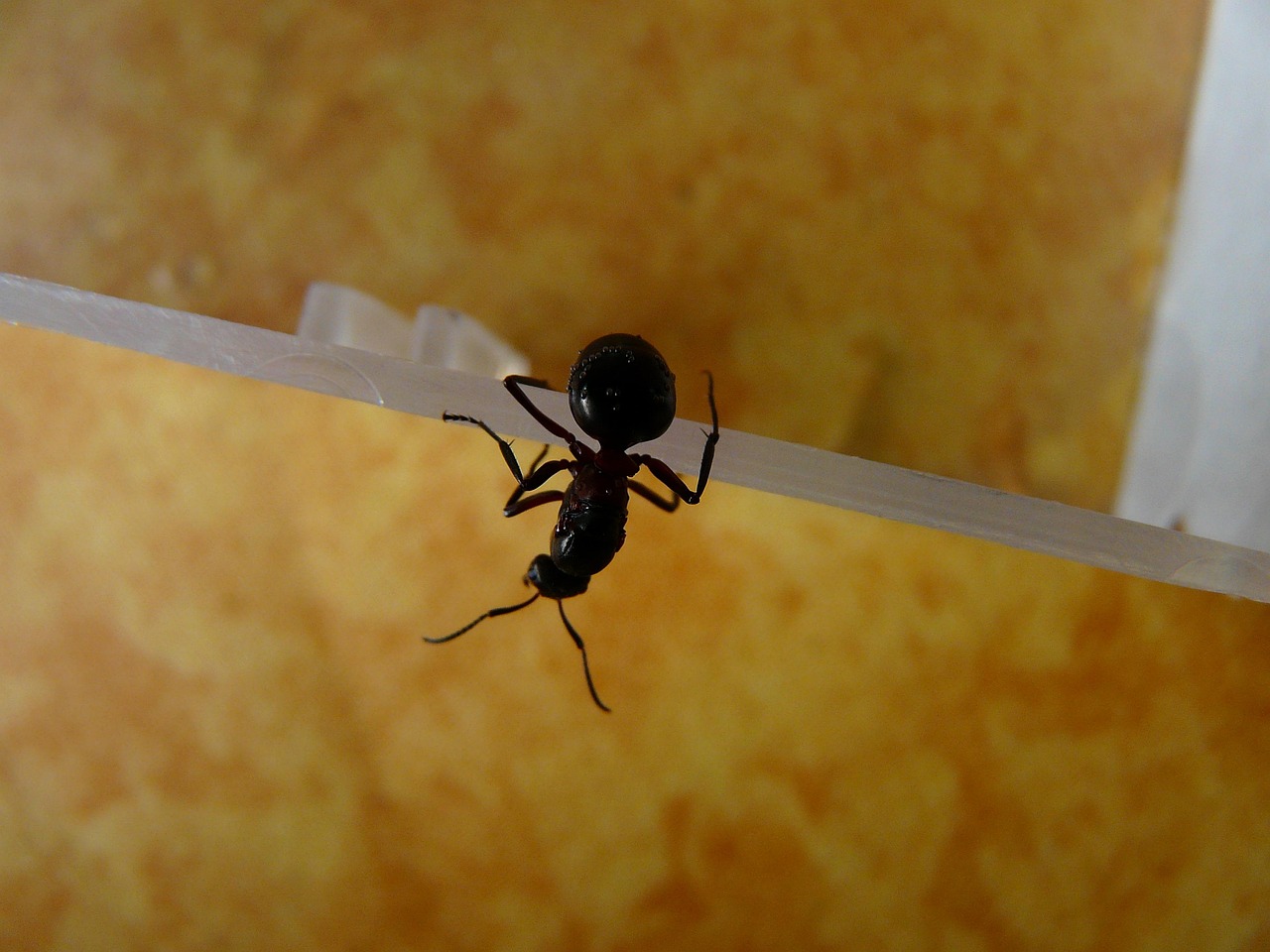
One leading theory suggests that queen ants’ behavior might explain their fossil scarcity. Unlike workers who venture outside the nest regularly, queens spend most of their lives deep underground in the safety of the colony’s chambers. This lifestyle significantly reduces their exposure to the conditions necessary for fossilization.
Consider how most ant fossils form: a worker ant gets trapped in tree resin while foraging, and over millions of years, that resin hardens into amber. Queens rarely leave their underground chambers, making it nearly impossible for them to encounter the sticky tree sap that preserves so many workers.
Even during nuptial flights – the only time queens venture outside – they’re focused on mating and quickly finding a new nest site. This brief exposure period, combined with their urgency to burrow underground, creates a tiny window for fossilization.
The Size Paradox

The relationship between body size and fossilization potential creates another layer of mystery. Larger organisms generally have better fossilization prospects because they’re more likely to leave behind detectable remains. Queen ants, being significantly larger than workers, should follow this pattern.
However, size can also work against preservation in specific environments. Larger insects require more resin to become completely encased, and partial encasement often leads to decomposition rather than fossilization. A tiny worker ant might slip into a small resin droplet and become perfectly preserved, while a large queen might only be partially covered, leaving exposed parts vulnerable to decay.
This size paradox suggests that fossilization isn’t just about being big enough to survive geological time – it’s about being the right size for the preservation medium.
Amber Formation and Preservation Bias

The very process of amber formation might inherently favor smaller insects like worker ants. When tree resin oozes from bark, it typically forms small droplets or thin layers. These formations are perfect for trapping tiny workers but inadequate for preserving much larger queens.
Additionally, the forests where most ant-bearing amber formed were likely places where worker ants were more active than queens. These resin-producing trees existed in environments where workers foraged regularly, increasing their exposure to the sticky traps that would eventually become their tombs.
The temporal aspect also matters. Resin production often occurs during specific seasons or in response to tree stress. If these periods don’t coincide with queen activity outside the nest, the chances of queen fossilization plummet even further.
The Underground Lifestyle Challenge
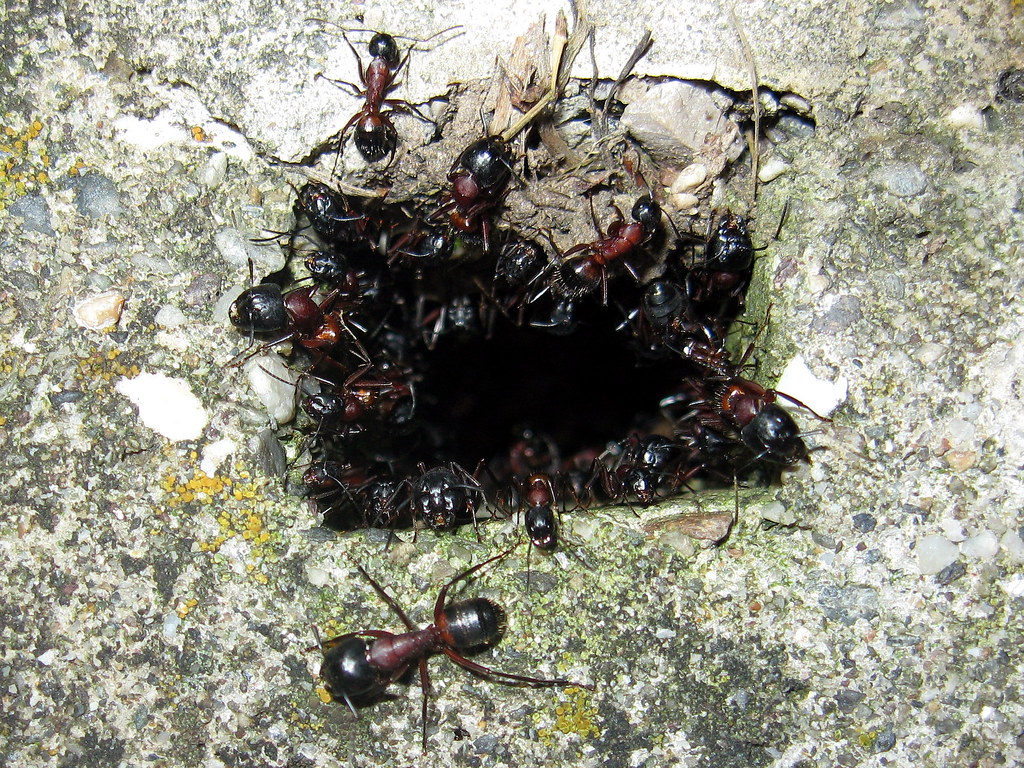
Queens’ subterranean lifestyle presents the biggest obstacle to fossilization. Unlike surface-dwelling creatures that might be buried by sediment or volcanic ash, underground queens face a different set of preservation challenges. Soil environments are typically too acidic and biologically active for long-term preservation.
When queens die in their underground chambers, their bodies are quickly decomposed by soil bacteria and fungi. The same moist, nutrient-rich environment that supports thriving ant colonies also accelerates decomposition. Even if a queen’s body were somehow preserved, the chances of it being discovered by paleontologists are astronomically low.
This underground barrier explains why we find so many surface-active insects in the fossil record but so few that lived primarily below ground. The fossil record is biased toward creatures that lived and died in environments conducive to preservation.
Alternative Fossilization Pathways
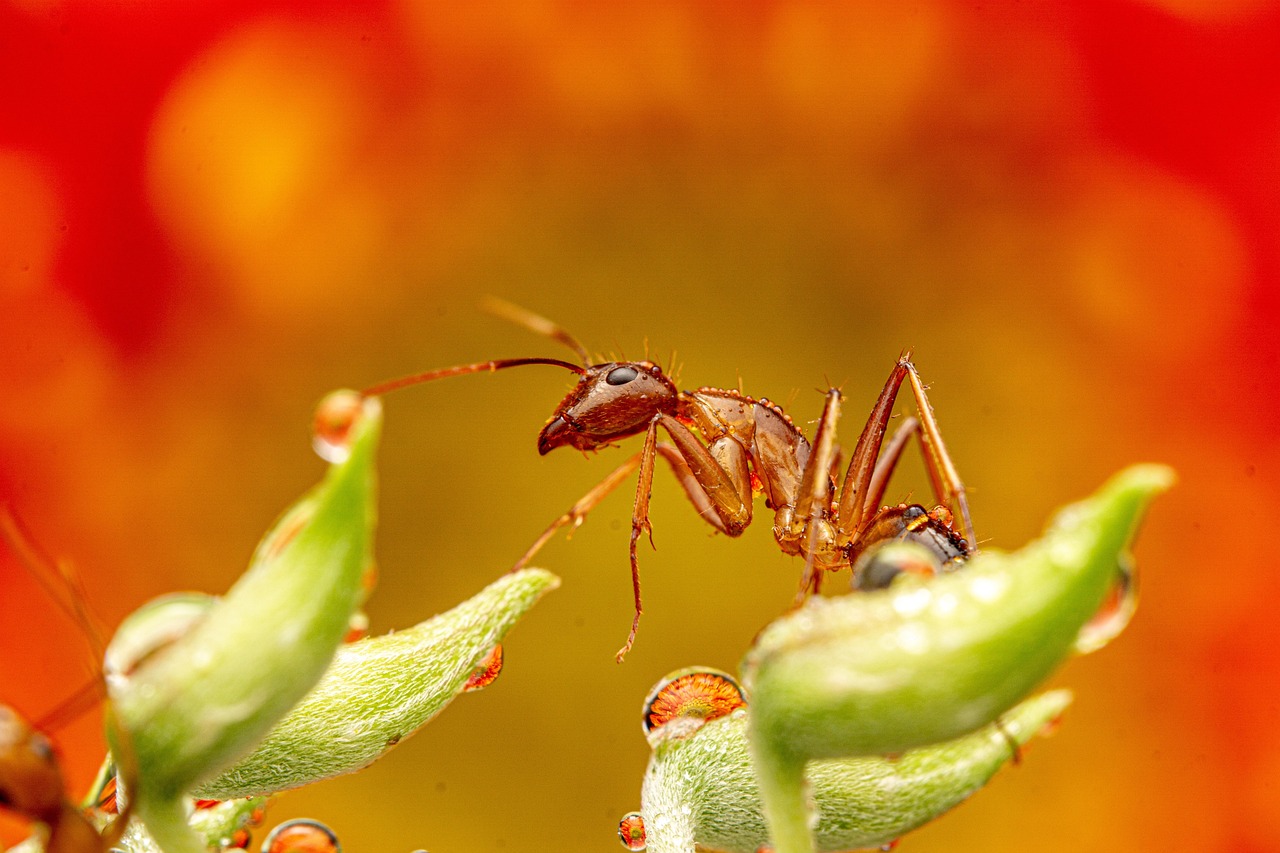
While amber gets most of the attention, other fossilization processes might theoretically preserve queen ants. Compression fossils, where organisms are flattened between sediment layers, could potentially capture queens who died near water sources. However, these conditions are even rarer for queens than amber preservation.
Permineralization, where mineral-rich water gradually replaces organic material, represents another theoretical pathway. Yet this process requires specific chemical conditions that underground queen chambers rarely provide. The acidic nature of most soils prevents the mineral replacement that creates these types of fossils.
Some scientists speculate that exceptional preservation events – like volcanic ash falls or flash floods – might occasionally capture queens. However, these catastrophic events would need to penetrate deep into underground nests, an extremely rare occurrence.
Modern Technology and New Discoveries
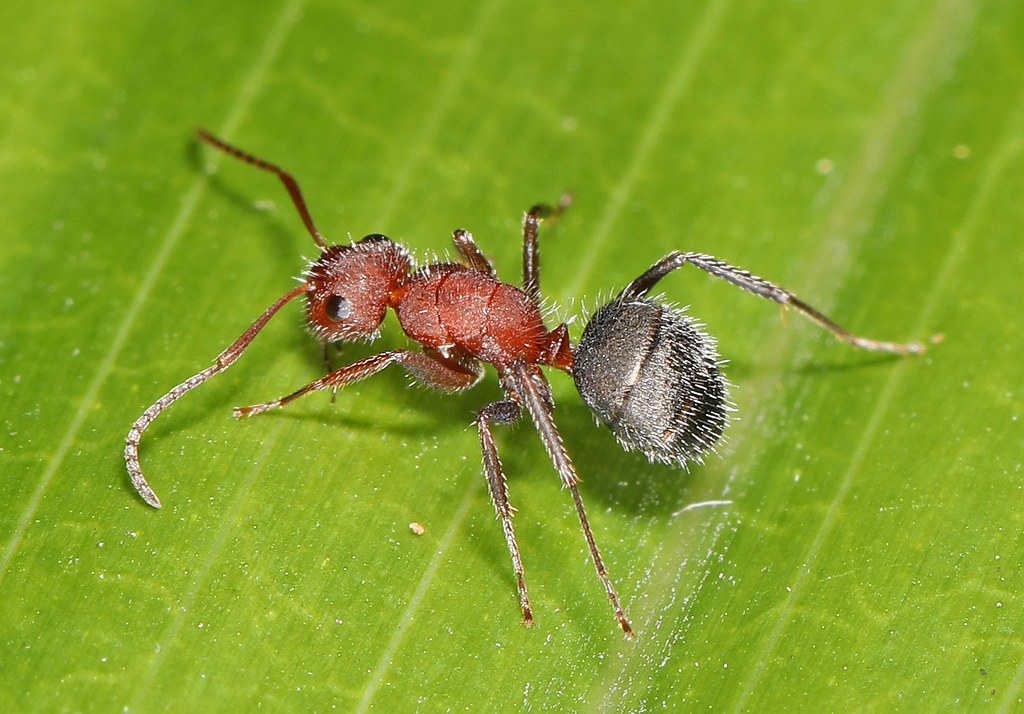
Advanced imaging techniques are revolutionizing how scientists examine existing fossil collections. CT scanning and high-resolution X-ray analysis allow researchers to peer inside amber specimens without damaging them. These technologies have already revealed previously hidden details in worker ant fossils and might eventually uncover a queen.
New amber deposits are being discovered regularly, each offering fresh opportunities to find that elusive fossilized queen. Recent finds in Myanmar, Mexico, and Lebanon have expanded our understanding of ancient ant diversity, though queens remain absent from these collections.
Molecular techniques are also providing new insights. DNA analysis of modern ant species helps scientists understand queen evolution and predict what fossilized queens might look like. This knowledge improves researchers’ ability to identify potential queen fossils when they do appear.
The Nuptial Flight Window

The brief period when queens emerge for mating flights represents the best theoretical opportunity for fossilization. During these events, virgin queens leave their natal nests and take to the air, making them temporarily accessible to surface preservation processes.
However, nuptial flights are precisely timed events that occur during specific weather conditions. Queens emerge simultaneously, mate quickly, and then immediately seek shelter to start new colonies. This narrow window, combined with the urgency of the queens’ behavior, makes fossilization extremely unlikely.
Even if a queen were to encounter tree resin during a nuptial flight, her size and frantic behavior would make it difficult for her to become completely trapped. Unlike workers who might explore resin droplets out of curiosity, queens are focused entirely on reproduction and survival.
What Fossil Queens Would Tell Us

The discovery of fossilized queen ants would revolutionize our understanding of ant evolution and ancient ecosystems. Queens carry genetic information about entire colonies, and their preserved bodies could reveal details about prehistoric ant societies that worker fossils simply cannot provide.
Fossil queens would help scientists understand how ant reproductive strategies evolved over millions of years. The size differences between ancient queens and workers could illuminate the development of social hierarchies and division of labor in ant colonies.
Additionally, queen fossils might preserve evidence of ancient parasites or diseases that affected ant colonies. This information could provide insights into the evolutionary arms race between ants and their pathogens, helping us understand modern ant health and ecology.
Comparative Evidence from Other Social Insects
The fossil record of other social insects provides an interesting comparison to ants. Termite queens, despite their similar underground lifestyle, have been found fossilized, though rarely. This suggests that queen preservation isn’t impossible, just extraordinarily difficult.
Bee and wasp queens appear slightly more frequently in fossil collections, likely because many species nest in above-ground locations or tree cavities. These environments offer better preservation opportunities than the deep underground chambers preferred by ant queens.
However, even among these other social insects, queen fossils remain rare compared to workers. This pattern suggests that behavioral and ecological factors, rather than just ant-specific traits, influence queen fossilization across all social insect groups.
The Role of Colony Collapse
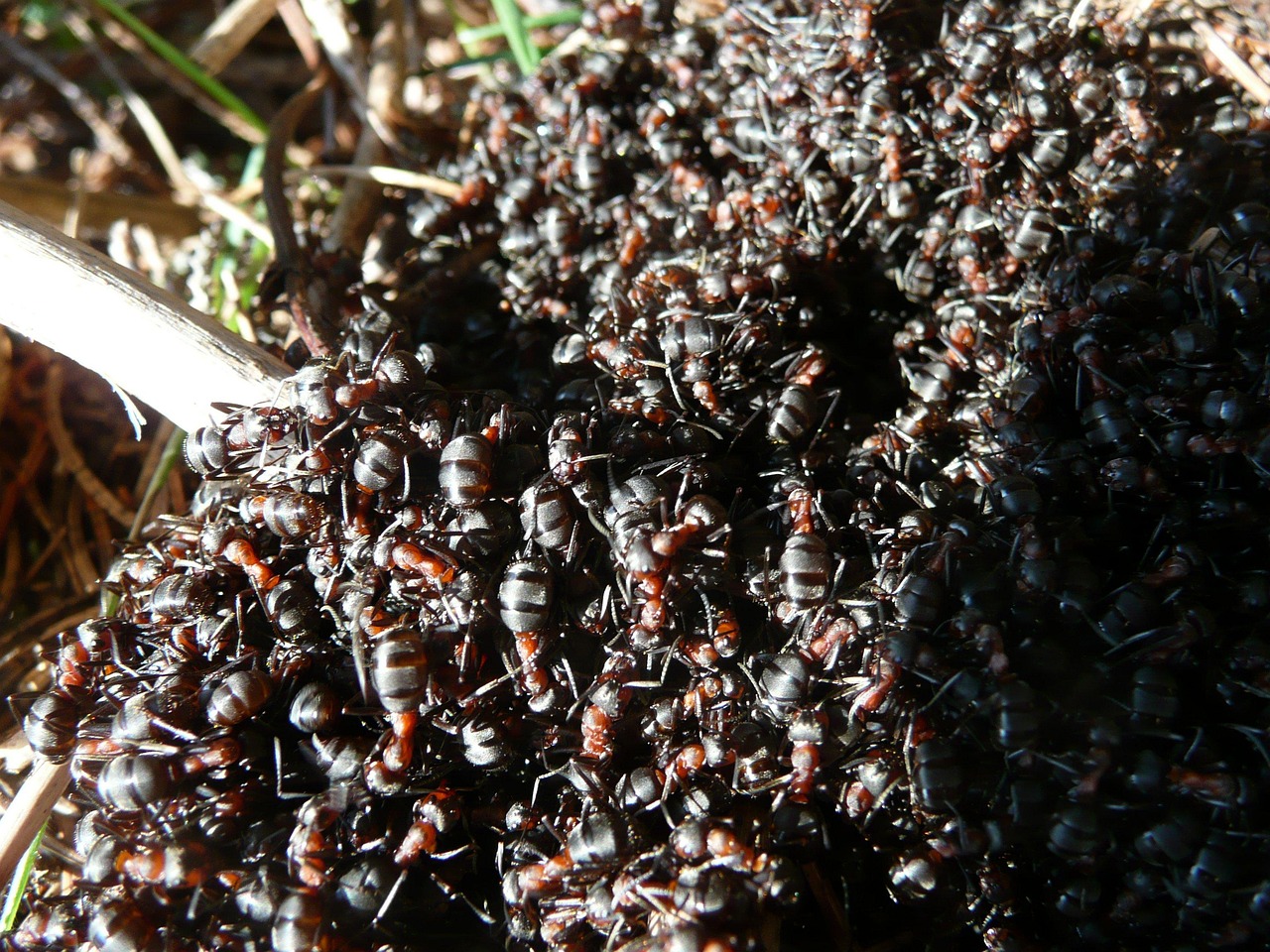
When ant colonies collapse due to environmental stress, disease, or natural disasters, queens might theoretically be exposed to fossilization conditions. However, these events typically occur underground, where preservation is least likely.
Climate change in prehistoric times might have forced some queens to abandon their deep chambers and seek new nesting sites. These migration events could have temporarily exposed queens to surface preservation processes, though evidence for such events remains elusive.
Natural disasters like floods or volcanic eruptions might have occasionally buried entire colonies, including queens. While these catastrophic events could theoretically preserve queens, the violent nature of such disasters typically destroys organic material rather than preserving it.
The Search Continues

Paleontologists haven’t given up hope of finding fossilized queen ants. New techniques for processing amber and improved microscopy continue to reveal previously overlooked specimens. Every new amber deposit represents a potential breakthrough in solving this fossil mystery.
Citizen science projects are also contributing to the search. Amateur collectors and enthusiasts often discover new fossil sites, and their finds sometimes make it to research institutions. With more eyes looking for ant fossils, the chances of finding a queen increase.
The development of new preservation theories might also guide future searches. Understanding exactly what conditions would be necessary to preserve a queen ant could help scientists identify the most promising fossil sites and amber deposits.
Implications for Understanding Ancient Ecosystems
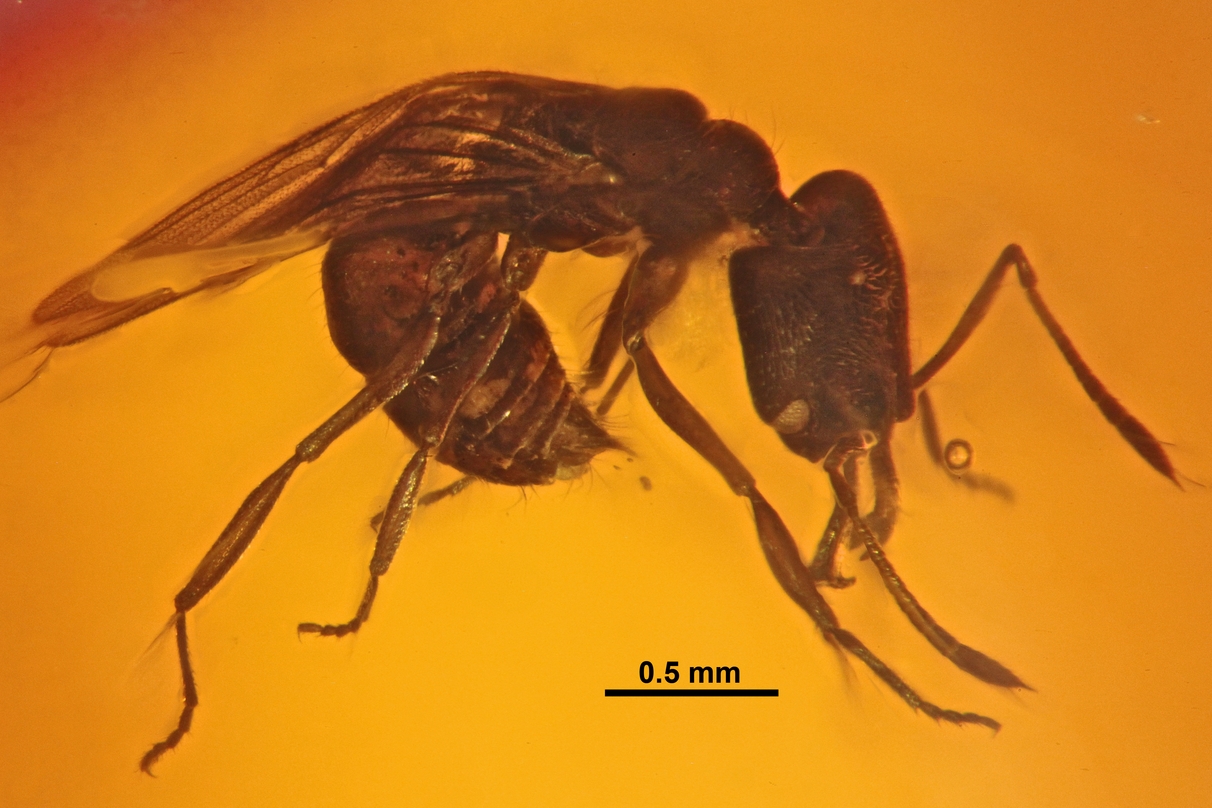
The absence of queen ants from the fossil record creates a significant gap in our understanding of ancient ecosystems. Queens represent the reproductive foundation of ant societies, and their genetic diversity would have been crucial for colony survival and adaptation.
This fossil gap means we’re missing information about how ant societies responded to prehistoric climate changes, extinctions, and environmental shifts. Queens would have been the key to colony survival during these challenging periods, and their fossils could reveal adaptive strategies.
Understanding ancient queen diversity could also illuminate the evolution of ant social behavior. The fossil record currently shows us the workers – the end result of social evolution – but not the queens who drove reproductive success and colony establishment.
The mystery of missing ant queens in the fossil record reflects the complex interplay between behavior, biology, and preservation processes. While we may never fully solve this puzzle, the search continues to drive innovation in paleontology and deepen our understanding of ancient life. Each new fossil discovery brings us closer to potentially finding that first fossilized queen, a discovery that would transform our knowledge of ant evolution and prehistoric ecosystems. Perhaps the next amber specimen examined will finally reveal the long-hidden monarch of an ancient ant empire – wouldn’t that rewrite everything we thought we knew about these remarkable insects?
